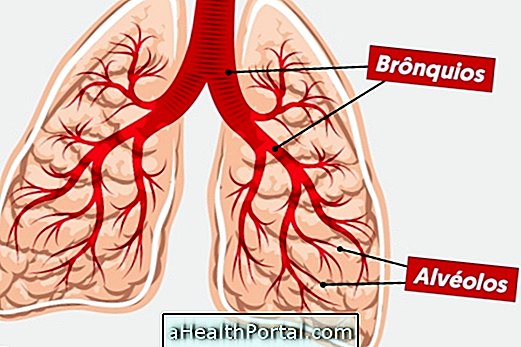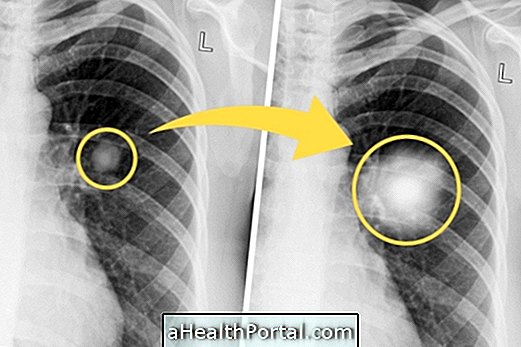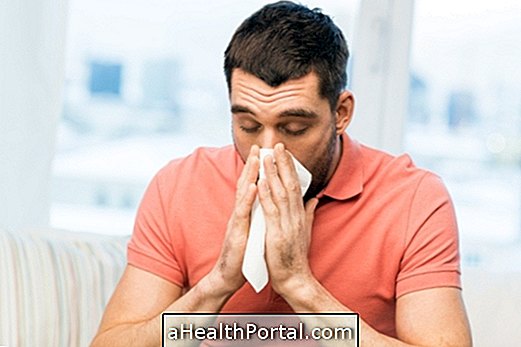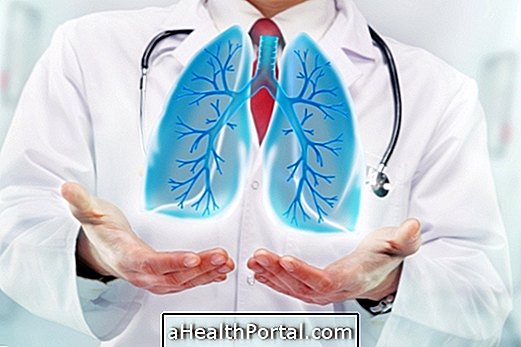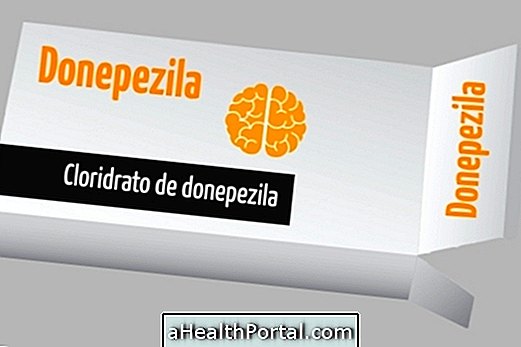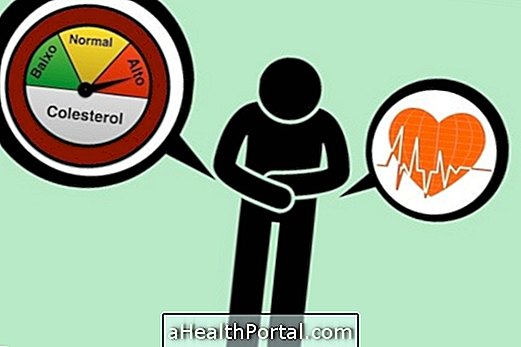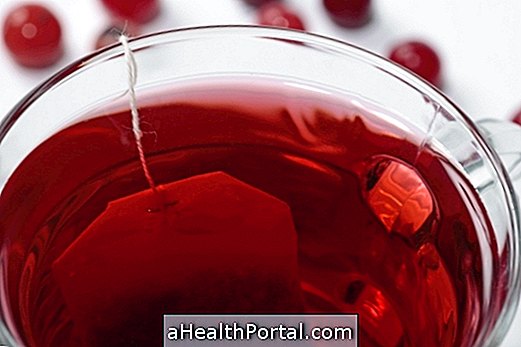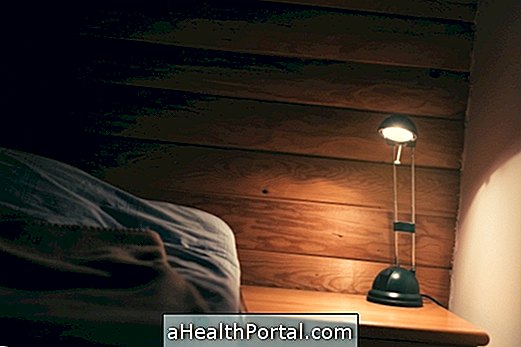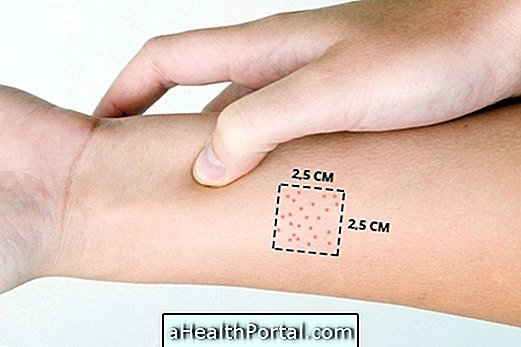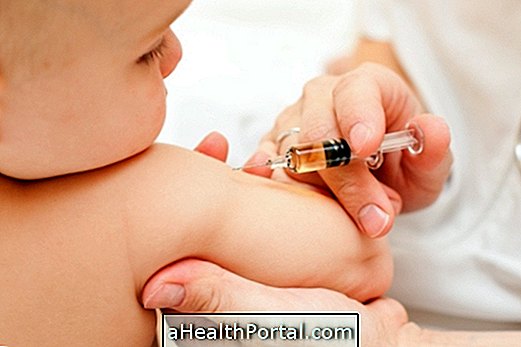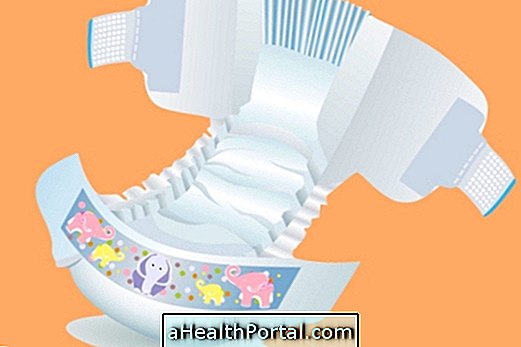Atypical pneumonia is a lung infection caused by microorganisms less common than normal pneumonia, such as Mycoplasma pneumoniae, Legionella pneumophila or Chlamydophila pneumoniae, for example.
Usually, atypical pneumonia is contagious through contact with saliva droplets of the patient, so it is common in people who share small spaces, such as prisoners or the military, and is an important suspect when the same symptoms.
Atypical pneumonia is cured and its treatment can be done at home with rest and use of antibiotics prescribed by the clinician or pulmonologist, however it can be considered a serious illness because it can worsen and cause respiratory failure and lead to death.

Main symptoms
The signs and symptoms of atypical pneumonia may be slightly different from those of the more common pneumonia, including:
- Low fever, up to 38ºC;
- Dry cough but with difficulty breathing;
- Chest and throat pain;
- Pain in muscles and joints;
- Easy fatigue;
- There may also be diarrhea, inflammation of the eardrum and conjunctivitis.
Symptoms of atypical pneumonia may take 3 to 10 days to appear after being in contact with someone with the disease.
See also the most common symptoms of common pneumonia.
How Atypical Pneumonia Sticks
Atypical pneumonia is contagious, being easily transmitted through contaminated saliva droplets. Thus, people with pneumonia should cover their mouths with a tissue or a mask to sneeze or cough to avoid contaminating other people. Check out 10 important care to avoid getting pneumonia.
How To Treat Atypical Pneumonia
The treatment for atypical pneumonia lasts for about 3 weeks and can be done at home with the ingestion of antibiotics for atypical pneumonia such as azithromycin or erythromycin prescribed by your doctor.
In addition, during treatment it is recommended:
- Stay at home, at rest avoiding going to work or school;
- Drink plenty of fluids to facilitate removal of secretions;
- Avoid sudden changes in temperature using appropriate clothing.
Usually, signs of improvement appear around the 4th day include decreased fever, tiredness, and catarrh.
It is recommended to go to the emergency room when symptoms appear during treatment, such as difficulty in breathing, increased amount of phlegm or persistent fever. Learn more at: Treatment for Atypical Pneumonia.
